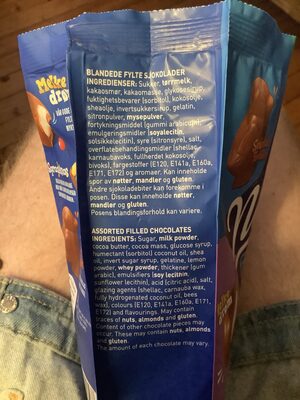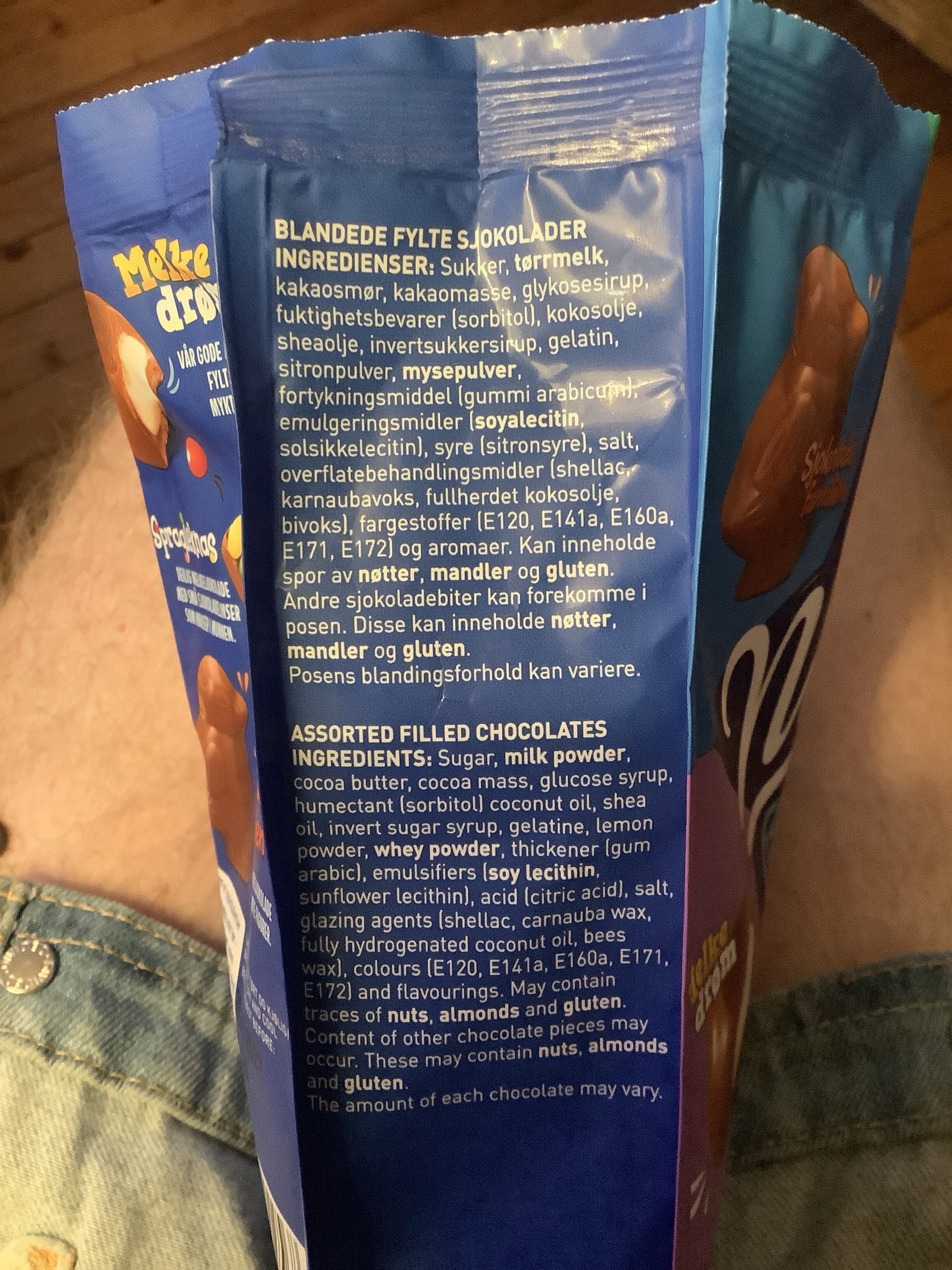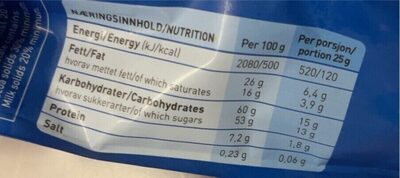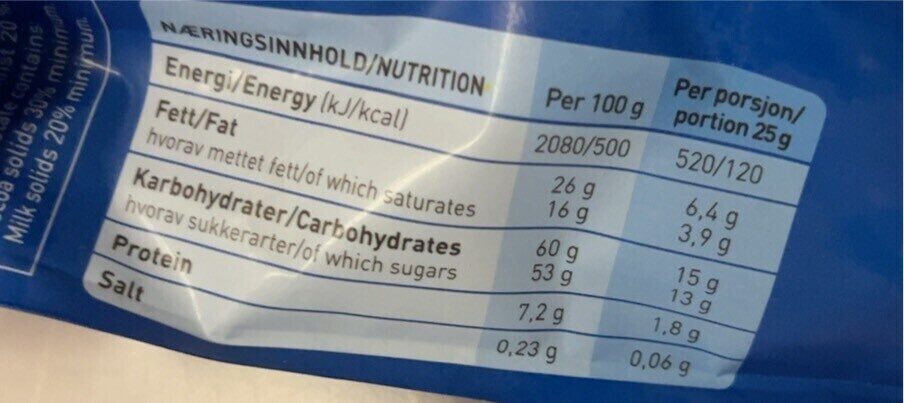favoritter - Nidar (Orkla) - 300
This product page is not complete. You can help to complete it by editing it and adding more data from the photos we have, or by taking more photos using the app for Android or iPhone/iPad. Thank you!
×
Barcode: 7037710022568 (EAN / EAN-13)
Quantity: 300
Brands: Nidar (Orkla)
Categories: Snacks, Sweet snacks, Cocoa and its products, Confectioneries, Chocolate candies, Bonbons, Som en av første sjokolada
Labels, certifications, awards:
Sustainable farming, Pure cocoa butter, UTZ Certified
Countries where sold: Norway
Matching with your preferences
Environment
Packaging
Transportation
Labels
Report a problem
Data sources
Product added on by halal-app-chakib
Last edit of product page on by roboto-app.
Product page also edited by foodvisor, hungryhorse, kiliweb, moon-rabbit, nat123456, openfoodfacts-contributors, yuka.sY2b0xO6T85zoF3NwEKvlndmWcDygxL5KDnUyRyMxfetFc3iR81ovbP6M6g.











